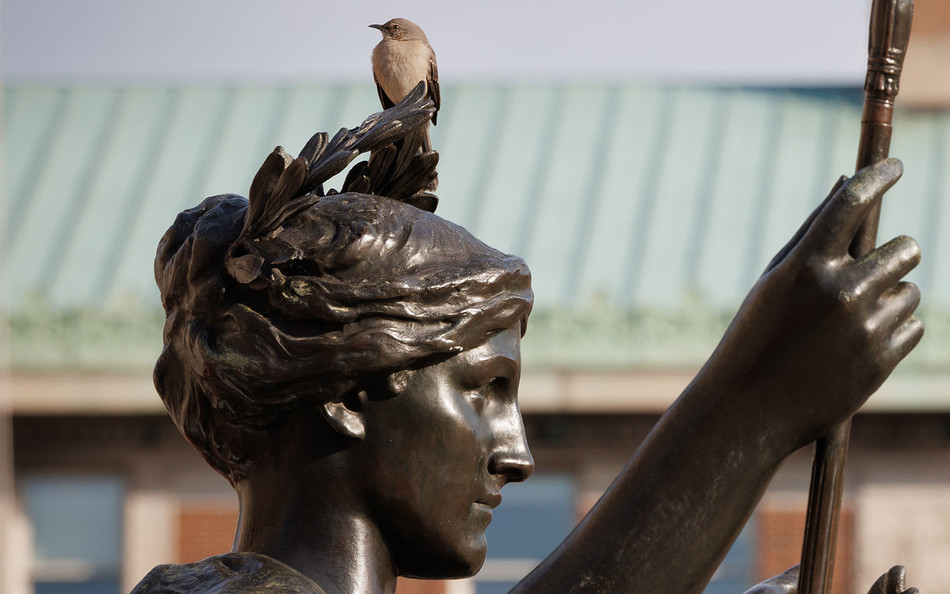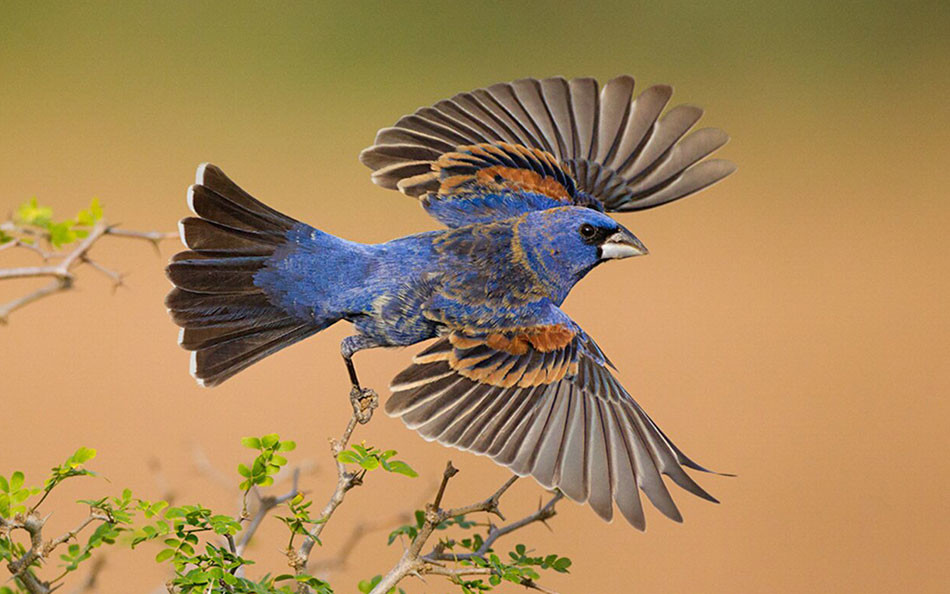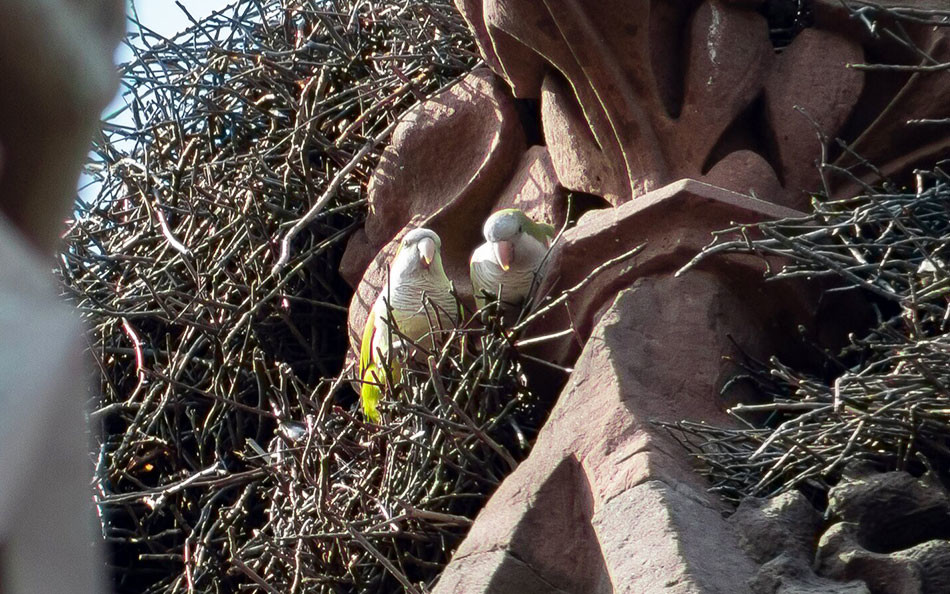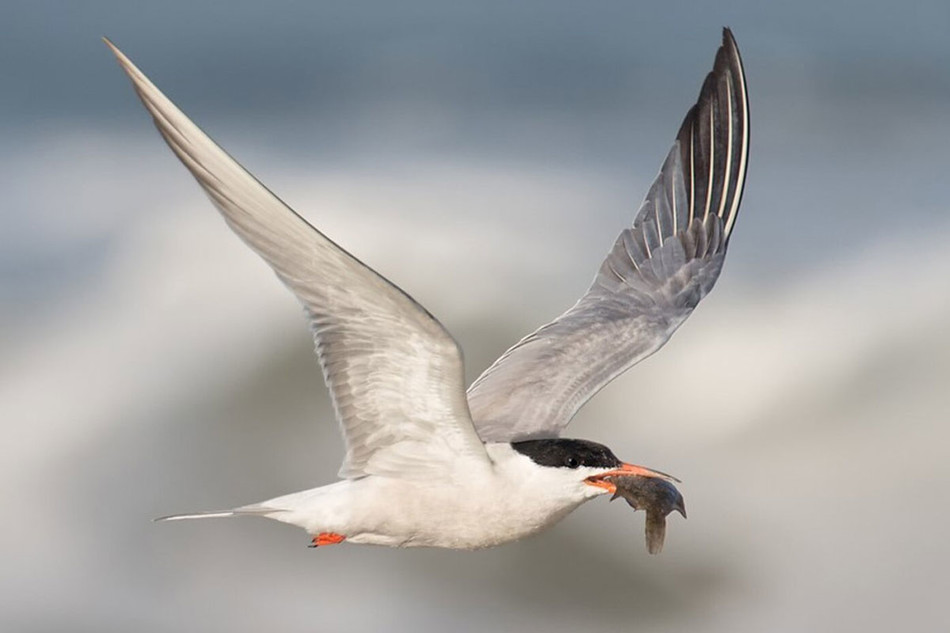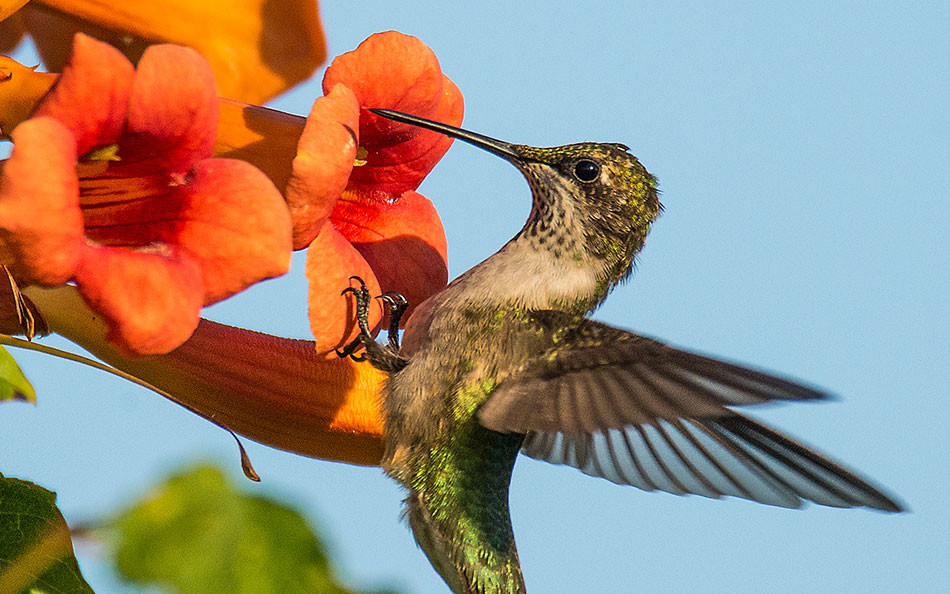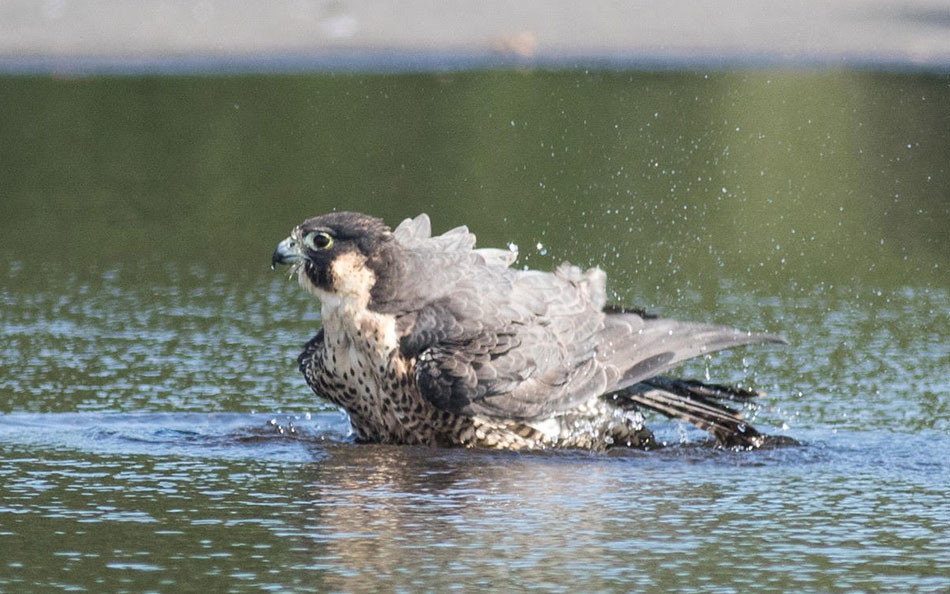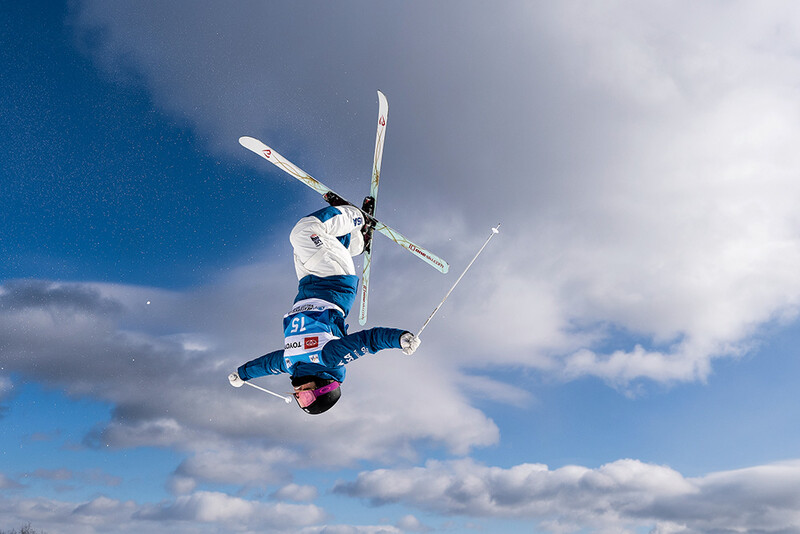Summer is a time for enjoying the outdoors while trying to beat the heat. If you’re curious about birdwatching, there are a number of cool and tranquil oases around the city to start. “September is the peak fall migration period for songbirds, but August is a great time to see long-distance migrants like shorebirds in large numbers,” says Angela Co ’05GSAPP, an architect, avid birder, cofounder of the retail company Bird Collective, and board member at NYC Bird Alliance. We asked Co to recommend some avian hotspots across the five boroughs.
Freshkills Park (Staten Island)
Once the world’s largest landfill, a variety of bird species now flock to Freshkills Park for its marshes, grasslands, and tidal creeks, says Co. “In late summer and early fall, you’ll see wading birds, water birds, blackbirds, sparrows, wrens, and raptors.”
Species you might encounter: American kestrel, blue grosbeak, bobolink, eastern meadowlark, Forster’s tern, grasshopper and savannah sparrows, indigo bunting, killdeer, northern harrier, peregrine falcon, ring-necked pheasant, willow flycatcher
Green-Wood Cemetery (Brooklyn)
Historic Green-Wood Cemetery has been an avian haven for nearly 200 years and even hosts a colony of feral monk parakeets. “With big trees, rolling hills, and glacial ponds, birds and birders have always loved Green-Wood,” says Co. “In recent years the cemetery has focused on climate-adaptive strategies, opting to mow less and create perpetual meadows for migrating birds. Check out the meadows by the historic chapel and Hill of Graves for sparrows and finches, and the mature tree canopies of Central Avenue for other songbirds.”
Species you might encounter: Baltimore oriole, cedar waxwing, chimney swift, chipping sparrow, eastern kingbird, monk parakeet, warbling vireo
Governors Island (Manhattan)
“The southern tip of Manhattan is one of the most built-up places on the planet,” says Co, “but a five-minute ferry ride south lies Governors Island, a picturesque birding gem where almost 250 species have been reported.” The harbor location and varied landscape of trees, grass, and overgrown lots make the island “an important migratory stopover for birds in the fall.”
Species you might encounter: American kestrel, barn and tree swallows, chimney swift, common tern, eastern kingbird, fish crow, laughing gull, gray catbird, herring and great black-backed gulls, red-tailed hawk, warbling vireo, yellow warbler, yellow-crowned night-heron
Jamaica Bay Wildlife Refuge (Queens)
“This federally-managed wildlife refuge is one of the best birding hotspots on the East Coast, with two freshwater ponds and woods among the salt-marsh estuary,” says Co. “In fall, the refuge’s East Pond creates mudflats that attract shorebirds on their southbound migrations from the Arctic Circle, and August is the peak time to see them.”
Species you might encounter: barn owl, boat-tailed grackle, brown thrasher, cedar waxwing, glossy ibis, great-crested flycatcher, greater yellowlegs, gull-billed tern, least sandpiper, osprey, pectoral sandpiper, peregrine falcon, purple martin, ruby-throated hummingbird, semipalmated sandpiper, sora, willow flycatcher, yellow warbler
Pelham Bay Park (Bronx)
With nearly 2,800 acres, Pelham Bay Park has a variety of habitats from “salt marshes to old forests to rocky shores,” says Co. “In fall, the parking lot at Orchard Beach is a time-tested place to view migrating hawks tracing the bend of the Long Island Sound southward.”
Species you might encounter: belted kingfisher, clapper rail, great horned owl, marsh wren, merlin, orchard oriole, peregrine falcon, red-tailed hawk, saltmarsh and seaside sparrows, wild turkey, willow flycatcher, wood thrush
